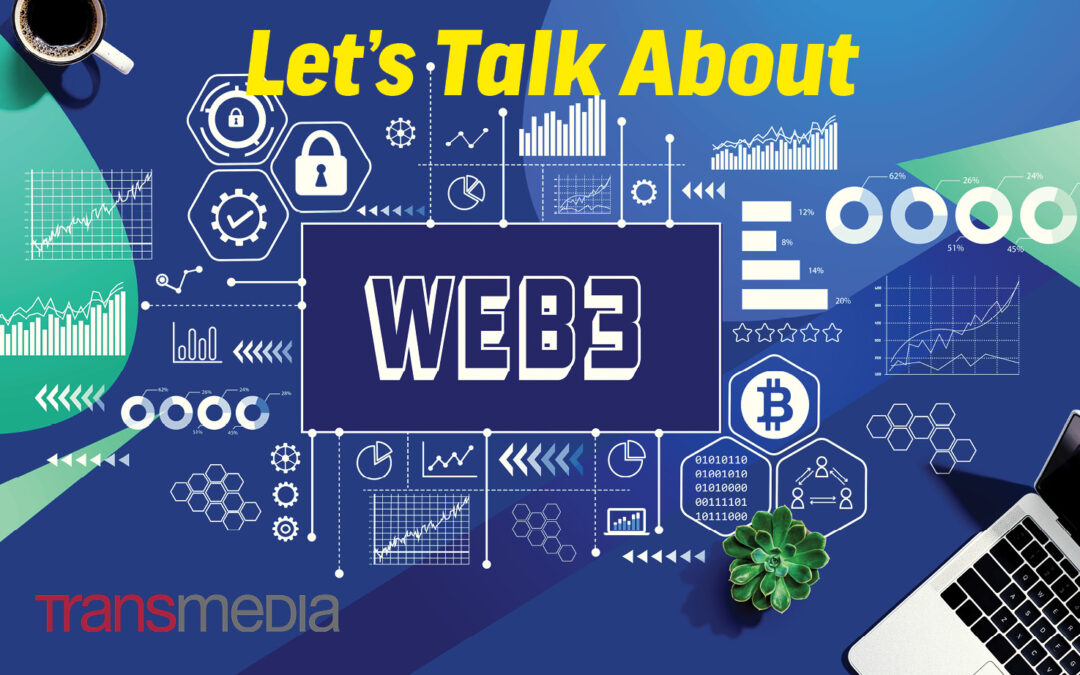Web3 is a vision for a new version of the internet that is built on blockchain technology. It is designed to be more decentralized, secure, and user-owned than the current version of the web, which is often referred to as Web 2.0.
Web 2.0 is characterized by a handful of large tech companies that control the majority of internet traffic and data. This centralization has led to concerns about privacy, censorship, and the misuse of user data.
Web3 aims to address these concerns by using blockchain technology to create a more decentralized and user-controlled internet. Blockchain is a distributed ledger technology that allows for secure and transparent transactions without the need for a central authority.
In a Web3 world, users would own their own data and would be able to control how it is used. They would also be able to participate in the governance of the internet through decentralized autonomous organizations (DAOs).
Some of the key features of Web3 include:
- Decentralization: Web3 is not controlled by any single entity or group. Instead, it is powered by a network of computers that run on a blockchain. This makes it more resistant to censorship and attack.
- Security: Blockchain technology is very secure. It uses cryptography to protect data and transactions. This makes it difficult for hackers to steal data or tamper with transactions.
- User ownership: In Web3, users own their own data. They can control how it is used and who has access to it. This is in contrast to Web2, where users often give up ownership of their data to the platforms they use.
- Governance: Web3 users can participate in the governance of the internet through DAOs. DAOs are decentralized organizations that are governed by smart contracts. This allows users to have a say in how the internet is run.
Web3 is still in its early stages of development, but it has the potential to revolutionize the way we use the internet. It could lead to new and innovative applications and services, and it could give users more control over their data and the internet itself.
Here are some examples of Web3 applications:
- Decentralized exchanges (DEXes): DEXes allow users to trade cryptocurrencies without the need for a central authority.
- Decentralized finance (DeFi): DeFi applications allow users to borrow, lend, and invest in cryptocurrencies without the need for a bank or other financial institution.
- Non-fungible tokens (NFTs): NFTs are digital assets that are unique and cannot be replaced. They can be used to represent ownership of digital items, such as artwork, music, and even in-game items.
- Decentralized social media: Decentralized social media platforms give users more control over their data and allow them to connect with each other without the need for a central company.
Web3 is still under development, but it has the potential to change the way we interact with the internet.
